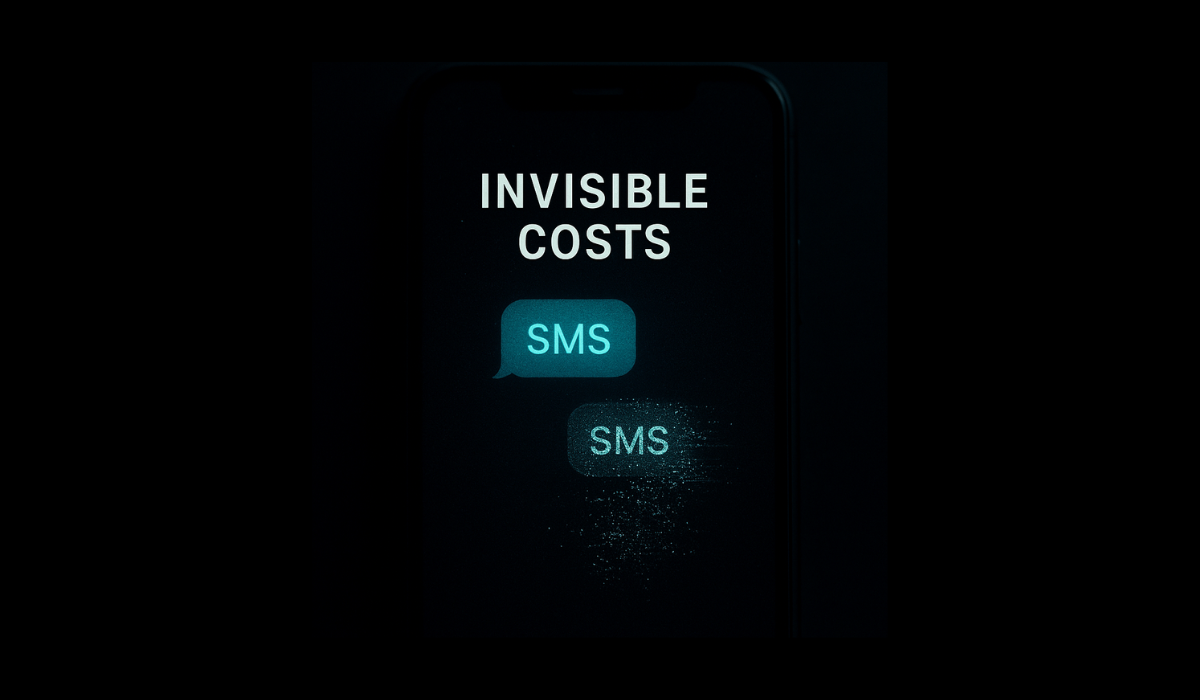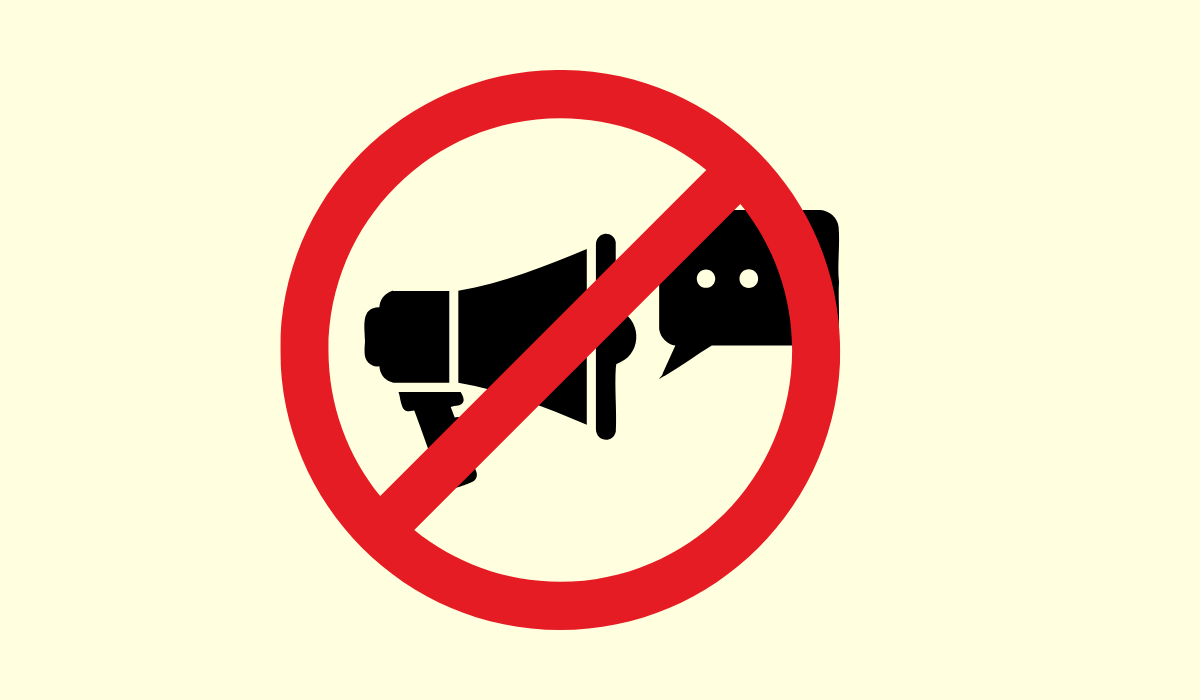Three months ago, your SMS campaigns hit 94% deliverability. Last month, 87%. This month, 81%.
The Hidden Truth About SMS Carrier Rates: Prepare To Be Shocked
SMS marketing has become one of the most powerful tools for businesses to engage with their customers. But the hidden truth about SMS carrier rates, SMS delivery issues, and SNS carrier costs is that they can often lead to unexpected expenses for SMS marketers. In this comprehensive guide, we’ll uncover the shocking details about the costs associated with SMS marketing, tips on how to save money, and how to avoid common pitfalls.

The Rising Tide of SMS Carrier Rates
SMS carrier rates have been on a steady incline over the past few years, leading to increased costs for businesses and marketers. The main culprits behind these rising rates are carrier surcharges, which are often passed directly onto the marketers.
1. Basic Message Fees
Basic message fees are just the starting point when it comes to understanding SMS carrier rates. These are the base costs that you will be charged for every message sent, regardless of whether or not the message was successfully delivered.
2. Carrier Surcharges
In addition to basic message fees, carriers are also charging surcharges for every message that passes through their network. Some common carrier surcharges include:
- AT&T: $0.003
- T-Mobile: $0.003
- Verizon: $0.003
- US Cellular: $0.0035
- Bell: $0.0074
These surcharges can add up quickly, especially for businesses that send large volumes of SMS messages.
3. Hidden Fees That Will Leave You Speechless
Aside from the obvious costs associated with sms carrier rates, there are also a number of hidden fees that can catch sms marketers off guard.
4. Incoming Message Fees
Some carriers charge fees for incoming traffic, meaning you’ll be charged for any replies that customers send in response to your messages. This can be particularly costly if you’re running a campaign that encourages customers to engage with your brand via SMS.
5. Message Failure Fees
Another hidden cost lies in message failure fees. Carriers will charge you for message delivery requests, even if the message was not delivered successfully. In fact, carriers are charging for SMS messages that are not delivered as high as 20% of total messages sent. This can be particularly frustrating for marketers, as these fees are being charged for messages that never even reached their intended recipients.
SMS Delivery Issues That Will Make Your Jaw Drop
The high failure rate of SMS messages is a significant issue for marketers. There are a variety of reasons why SMS messages may not be delivered, and understanding these delivery issues can help you save money and ensure your messages reach your customers.
1. Non-Mobile Numbers
One of the main reasons for a high failure rate is the presence of non-mobile numbers on your contact list. These numbers are unreachable, meaning your messages will never be delivered. In the US alone, there are an estimated 500,000 non-mobile numbers per day.
2. Deactivated Or Suspended Numbers
Another common reason for SMS delivery issues is deactivated or suspended numbers. Your messages will never be delivered to these numbers, and carriers will still charge you for attempting to send them. Deactivated number rates can range from 1.2% to 3.5% of your new numbers, and even higher for legacy numbers.
3. Prepaid Cell Phones Without Credit
Prepaid cell phones that have run out of credits are another cause of SMS delivery issues. These phones will not be able to receive your messages, and carriers will still charge you for attempting to deliver them.
4. Mvno Restrictions
Some Mobile Virtual Network Operators (MVNOs) do not allow shortcode traffic to pass through their networks, which can lead to further SMS delivery issues. This means that even if your message is technically deliverable, it still may not reach its intended recipient due to these network restrictions.
Money-Saving Strategies That Will Blow Your Mind
Now that we’ve shed light on the hidden truths of sms carrier rates and delivery issues, it’s time to explore some strategies for saving money on your SMS marketing campaigns.
1. Mobile Number Verification Tools
One of the best ways to save money is by using mobile number verification tools, which can help you remove landlines, fax numbers, VoIP numbers, and other non-mobile numbers from your contact list. This can drastically reduce the number of undeliverable messages you send, saving you money on both basic message fees and carrier surcharges.
2. Removing Deactivated Numbers
As mentioned earlier, deactivated numbers can account for a significant portion of your undeliverable messages. By removing these numbers from your contact list, you can potentially save between 5% and 15% on your monthly message fees.
3. Identifying And Removing Unwanted Contacts
Aggressively identifying and removing users who do not wish to receive future messages can also save you money and reduce the number of complaints you receive. Be sure to review incoming reply messages and remove any contacts who clearly do not want to be contacted, such as those who respond with messages like “this is not Bob…”, “who gave you permission to contact me?”, “go to hell”, etc.
4. Effective Mobile Number Verification Tools
If you’re in need of an effective mobile number verification tool that can help you filter out deactivated numbers and save money on your SMS marketing campaigns, be sure to check out www.SubscriberVerify.com for a wide range of features and options.
The bottom line…
SMS marketing can be an incredibly effective tool for engaging with your customers and driving results for your business. However, the hidden truth about sms carrier rates, sms delivery issues, and sms carrier cost can lead to unexpected expenses and challenges for marketers.
By being aware of these costs, understanding the reasons behind delivery issues, and implementing smart strategies to save money, you can optimize your SMS marketing campaigns and ensure that your messages reach the right people at the right time.
More Articles


SMS Marketing, SMS, sms carrier, tcpa
Why SMS Marketing Might Be Dead in 5 Years—If Carriers Keep This Up
For over a decade, SMS marketing has been the bedrock of mobile engagement. With open rates often cited above 95% and near-universal device compatibility, it seemed indestructible. Yet today, industry insiders are sounding the...

SMS, sms carrier, tcpa, tcpa restrictions
Are SMS Compliance Rules Silencing Free Speech in Marketing?
Few marketing channels are as tightly controlled — yet so widely used — as SMS. Behind every promotional text lies an invisible gauntlet of carrier rules, algorithmic filters, and registration barriers. Most recipients never...